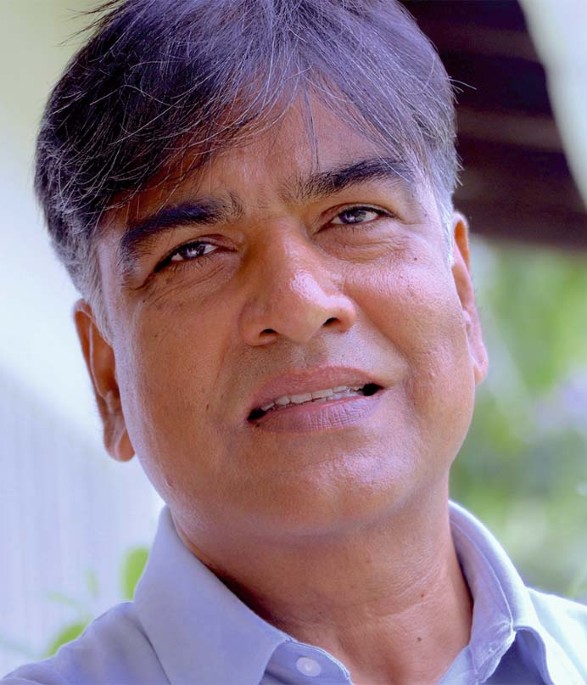
PK: Yes, we can. For example, at the UNEP we have developed the Inclusive Wealth indicator that provides a holistic assessment of produced, human and natural capital within a country. It has been estimated for 140 countries. It is a multi-purpose indicator also capable of measuring those less tangible and unseen stocks of wealth — such as skill sets, healthcare and environmental assets — that support human well-being and ultimately set the parameters for sustainable development.
Of course, measuring wealth at the country level is challenging in terms of data, scale, unit and other dimensions, but we need to get started. I am aware of similar efforts to the UNEP one under the name of comprehensive wealth, or true wealth, and they all should be welcomed as long as they are based on credible data and robust methodology.
Source: Ecology - nature.com


